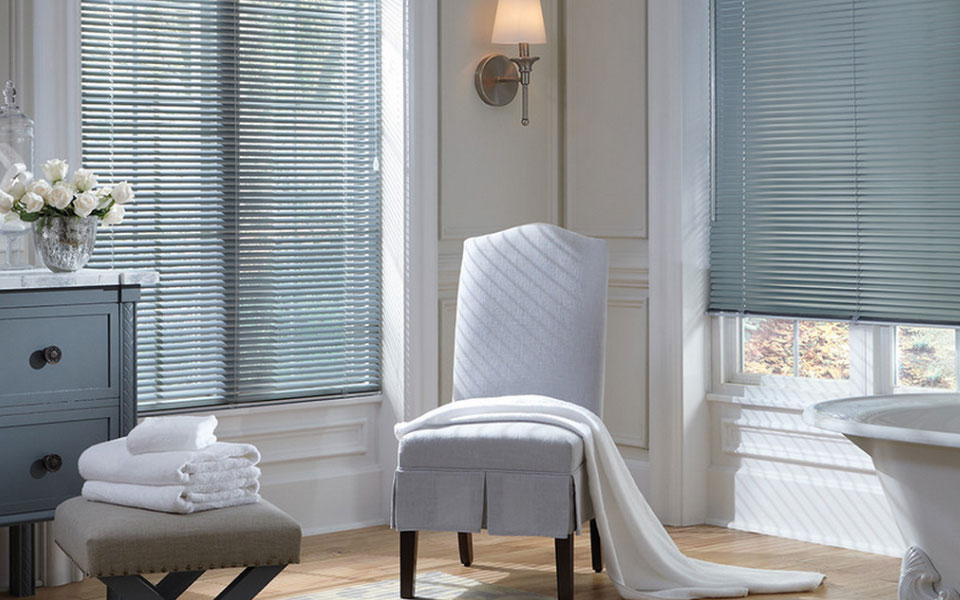Horizontal versus Vertical Blinds
March 23, 2021

Horizontal versus Vertical Blinds
As far as window coverings go, the versatility of blinds is difficult to parallel – pun intended! And though there are myriad options including cellular blinds and roller blinds, there are two types of blinds that rule the market: horizontal and vertical blinds. Horizontal and vertical window blinds are popular for many reasons – they are functional and stylish in any room of the house. Still, despite their similarities, there are significant differences between horizontal and vertical window blinds even in the realms of their similarities. Let’s take a closer look.
Function
Certainly, horizontal and vertical window blinds primary function is to cover windows – this provides increased privacy, light control, and in some cases even energy savings. Nevertheless, while many windows may be suitable for either style of window blind, that may not always be the case. For example, when it comes to sliding doors, and large or wide windows, vertical blinds are more suitable. As they open and close vertically, these vertical window blinds are especially well-suited to sliding doors. If you’re looking to highlight a set of French doors or windows, vertical blinds likewise make the ideal treatment.
Alternatively, for small or narrow windows, horizontal blinds may be the better choice. Often featuring narrower slats, horizontal blinds are great for bedrooms, living rooms, and even kitchens and bathrooms – almost anywhere you want to allow for more air circulation
On the other hand, if energy savings are your main concern, you may want to compare the differences between horizontal and vertical blinds more closely. The thinner slats featured in horizontal blind construction may not be as effective for blocking heat transfer or even for improving noise control. Some horizontal and vertical blinds are constructed from material specifically designed for energy efficiency, but still, the vertical blinds may prove the most efficient.
Light Control
When considering light control, horizontal and vertical blinds likewise offer specific benefits. For example, vertical blinds are adjusted such that you can block sun as it moves from the east to the west. As such, they should be installed over east and west facing windows. For better light control on north and south facing windows, horizontal blinds make a better choice as they can be adjusted according to the angle of the sun at a particular time of year. Another consideration is that the wider slats on vertical blinds are better for light control because they will effectively block more light. However, even horizontal blinds can be constructed with winder slats. Plus, horizontal blinds are a great choice because they tend to be more stable (i.e. less likely to blow open) than vertical blinds.
It’s always good to talk to your vancouver blinds specialist to get more information about functionality, optimal light control, and other factors before purchasing your blinds.
